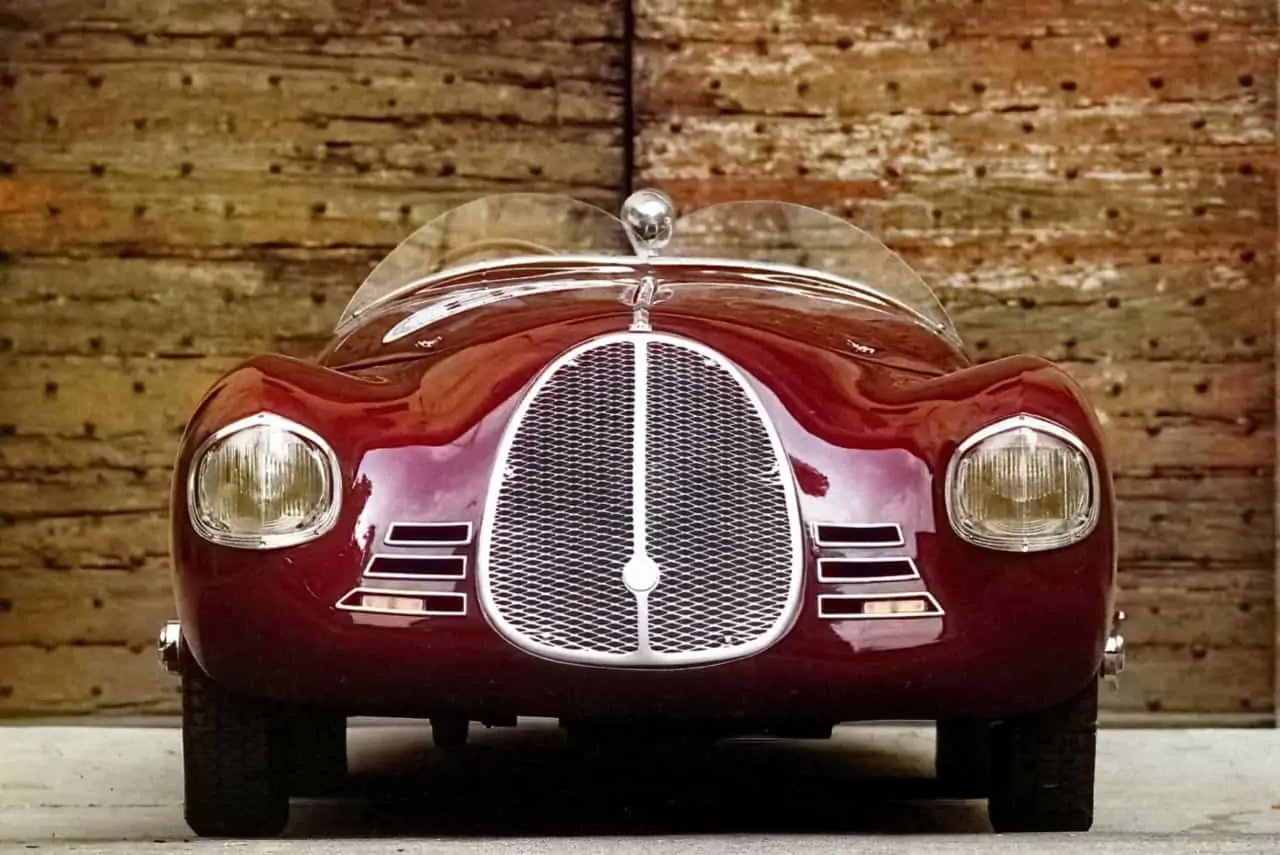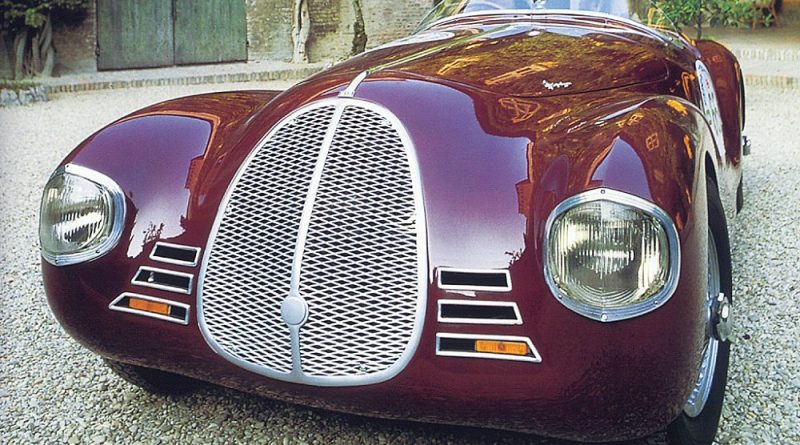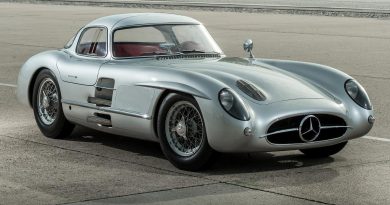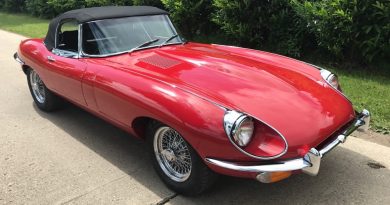1940 Ferrari AAC Tipo 815
The Auto Avio Costruzioni 815 was the first car to be fully designed and built by Enzo Ferrari. Legal issues with former associates Alfa Romeo prevented Ferrari from creating the Ferrari marque. The 815 raced at the 1940 Brescia Grand Prix, where both entries failed to finish due to engine problems. One of the cars was later scrapped, while the other is currently in a car collection in Italy.
A high-angle view helps viewers appreciate the flowing shape of the Tipo 815, an elegant design by Carrozzeria Touring to meet the needs of a demanding customer.

The power unit needed extensive design and fabrication attention. Massimino created a straight-eight based on the 1.1-liter 508 C Fiat’s four-cylinder engine. By keeping its 68 mm bore and shortening the stroke from 75 to 60 mm he created an oversquare in-line eight with a displacement of 1,496 cc. This required the casting of an aluminum cylinder block by Bologna’s Fonderia Calzoni, Ferrari’s usual supplier, who also cast the new one-piece sump for what was called a “semi-dry-sump” lubrication system. Cylinders with ferrous liners were topped by two suitably ported Fiat 508 C cylinder heads. Cooling enjoyed a larger water pump.
Carried over was the Fiat pushrod and rocker overhead valve gear, underneath a one-piece aluminum rocker cover. The engine needed a new five-bearing crankshaft and matching camshaft, both of which were designed by Massimino and made in the well-equipped former Scuderia workshop. Feeding the siamesed inlet ports was a quartet of downdraft Weber 30 DR 2 carburetors. A single Marelli distributor served all eight cylinders. With a compression ratio of 7.0:1, up a point from the 508 C original, this ingenious engine gave 72 to 75 hp at 5,500 rpm.

The AAC 815’s big tachometer was calibrated to show road speed as well with 5.50 x 15 tires and a 3.91:1 rear-axle ratio. Water-temperature gauge was an add-on.

A smoother tail than the Tipo 815’s was not possible, its running lamps being relegated to locations under the bodywork. The registration plate was illuminated.

With Enzo now interested in returning to the motor racing scene with AAC after his work on the Tipo 815, his progress was quickly halted after 1940. Due to Italy’s presence in the war, Ferrari was forced by the Italian government to abandon any plans and developments and use his factory to help the country’s war efforts.




